Identifying Types of Conflict Worksheet
Conflicts can arise in any situation, be it personal or professional. Understanding the different types of conflict is essential for effective resolution. If you are seeking a comprehensive resource to help you identify and categorize various conflicts, this worksheet is designed for you. By utilizing a clear and concise format, this tool will enable you to identify the entities and subjects involved in conflicts, ultimately assisting you in finding appropriate solutions.
Table of Images 👆
- Couples Conflict Worksheet
- Types of Conflict Worksheets Middle School
- Short Story Plot Worksheet
- Four Types of Conflict Worksheet
- Types of Conflict Literature Worksheets
- 4 Types of Conflict Worksheet
- Internal External Conflict Worksheet
- Character Conflict Worksheet
- Types of Literary Conflict Worksheet
- Conflict Worksheet
- Informational Text Graphic Organizer Grade 5
- Conflict and Resolution Worksheets
- Literature Conflict Resolution Worksheet
- Identifying Point of View Worksheet
More Other Worksheets
Kindergarten Worksheet My RoomSpanish Verb Worksheets
Cooking Vocabulary Worksheet
DNA Code Worksheet
Meiosis Worksheet Answer Key
Art Handouts and Worksheets
7 Elements of Art Worksheets
All Amendment Worksheet
Symmetry Art Worksheets
Daily Meal Planning Worksheet
What is the difference between internal and external conflict?
Internal conflict is a struggle that takes place within a character's mind or emotions, typically involving conflicting desires, beliefs, or feelings. External conflict, on the other hand, is a struggle between a character and an outside force, such as another character, society, nature, or a larger situation. Internal conflicts are often more psychological and emotional in nature, while external conflicts are more tangible and visible in the story's plot.
Give an example of internal conflict.
An example of internal conflict is when a character in a story is torn between honoring their sense of duty and following their personal desires. For instance, a character may feel conflicted about whether to continue working a high-paying but morally questionable job or to pursue a lower-paying job that aligns with their values and passions. This internal struggle between duty and personal fulfillment creates tension and complexity within the character's decision-making process.
What are the main types of external conflict?
The main types of external conflict are man vs. man, where a character is in conflict with another character; man vs. society, where a character conflicts with societal norms or institutions; man vs. nature, where a character is in conflict with the natural world or its forces; and man vs. supernatural, where a character faces conflict with supernatural beings or forces beyond the natural world.
Describe the conflict between two characters in a story as interpersonal conflict.
In the story, the conflict between the two characters, Sarah and Lisa, is driven by their differing perspectives on success. Sarah, an ambitious and competitive individual, believes that success comes through hard work and achievement. On the other hand, Lisa values collaboration and emotional intelligence as key components of success. This clash in beliefs leads to tension and resentment between the two characters, as Sarah sees Lisa's approach as naive and unproductive, while Lisa perceives Sarah as ruthless and cold-hearted. Their interpersonal conflict escalates as they struggle to reconcile their differences and find common ground, ultimately testing their friendship and challenging their core values.
How does the conflict in a plot create tension and drive the story forward?
Conflict in a plot creates tension by presenting obstacles and challenges for the characters to overcome, fueling the audience's curiosity and emotional investment in the outcome of the story. As characters face these conflicts, they are forced to make choices and take actions that drive the narrative forward, leading to developments and resolutions that propel the story towards its climax and conclusion. The intensity of the conflict and the characters' responses to it can shape the trajectory of the plot, adding complexity and depth to the storytelling.
Provide an example of person vs. society conflict.
One example of person vs. society conflict is the protagonist in George Orwell's novel "1984". The main character, Winston, rebels against the oppressive totalitarian regime of the Party, which controls every aspect of people's lives through propaganda, surveillance, and thought control. Winston's struggle to maintain his individuality and challenge the Party's control over the truth and personal freedom represents a classic person vs. society conflict.
Explain the concept of person vs. nature conflict.
Person vs. nature conflict is a literary or thematic conflict in which a character or characters must struggle against the forces of nature, such as natural disasters, wild animals, or harsh environments. This type of conflict highlights the vulnerability of humans in the face of the vast and unpredictable power of nature, often emphasizing themes of survival, perseverance, and the resilience of the human spirit against elemental challenges.
Can you give an example of person vs. self conflict?
A common example of person vs. self conflict is when a character experiences inner turmoil about a major decision they have to make, such as choosing between following their heart or their duty, grappling with conflicting emotions, or struggling with self-doubt or fears. This type of conflict typically involves the character's internal struggles, doubts, or moral dilemmas that create tension and drive the plot forward.
Describe the conflict between two groups of people as intergroup conflict.
Intergroup conflict refers to a situation where two distinct groups of people hold differing beliefs, values, or goals that lead to hostility and tension between them. This conflict often arises due to competition for resources, power, or status, and can involve prejudice, discrimination, and stereotypes. In an intergroup conflict, the focus is on the group identity rather than individual differences, and the conflict may escalate as each group seeks to protect their own interests and assert their superiority over the other. Efforts to resolve intergroup conflict often involve addressing underlying biases, promoting understanding, and fostering communication between the groups to find common ground and build empathy.
How does identifying different types of conflict enhance understanding and analysis of a story?
Identifying different types of conflict in a story enhances understanding and analysis by providing insight into the underlying tensions and complexities of the narrative. By recognizing conflicts such as man vs. nature, man vs. society, or internal conflicts, readers can better grasp the characters' motivations, the central themes being explored, and the overall message or lesson the author is conveying. Analyzing these conflicts helps readers make connections between characters, events, and the broader context of the story, leading to a deeper appreciation and interpretation of the text.
Have something to share?
Who is Worksheeto?
At Worksheeto, we are committed to delivering an extensive and varied portfolio of superior quality worksheets, designed to address the educational demands of students, educators, and parents.

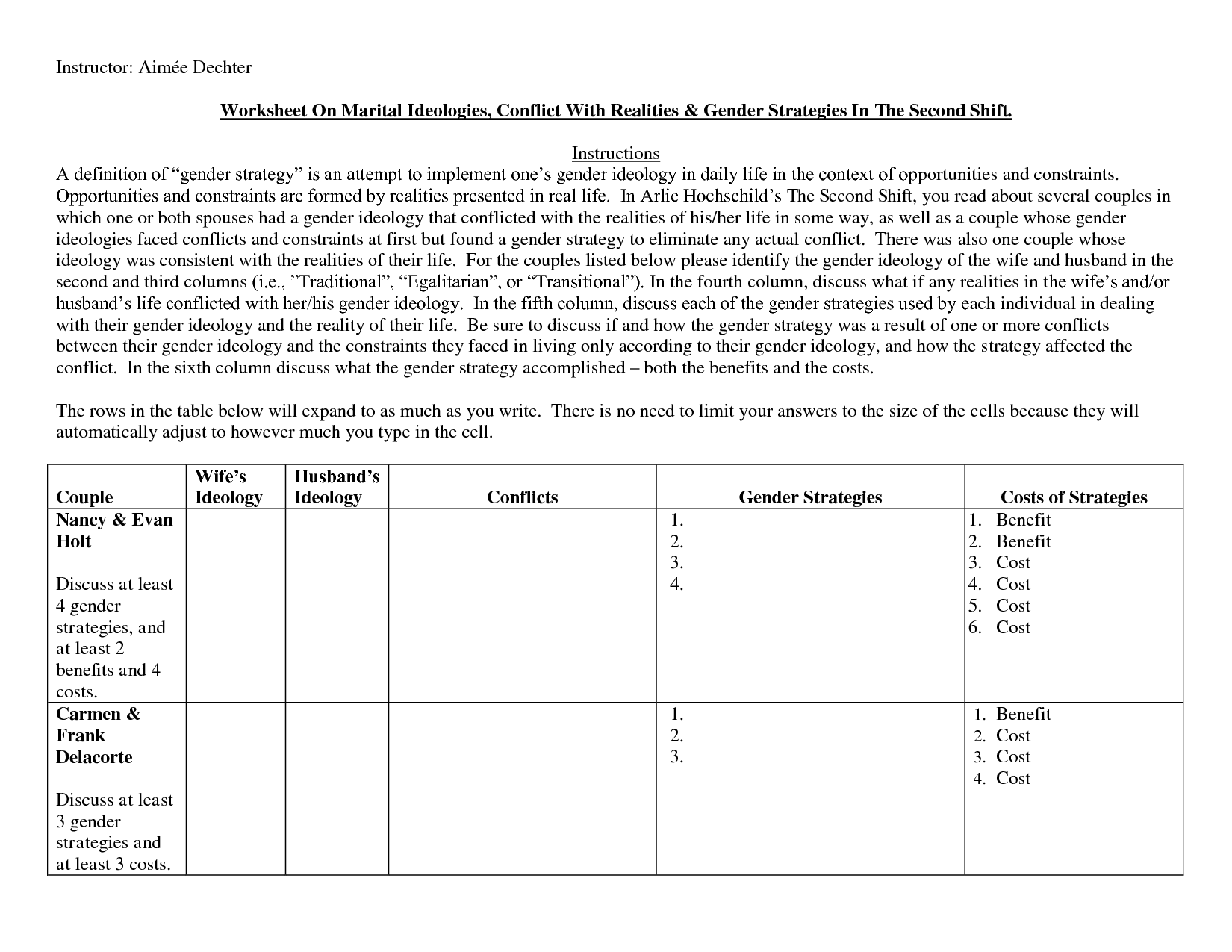



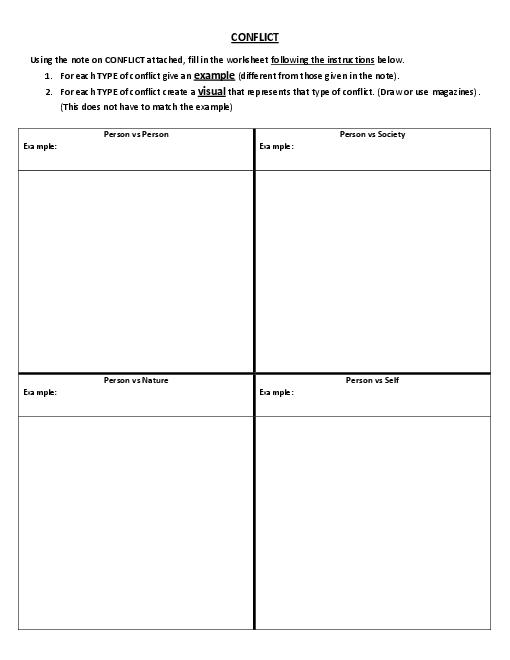
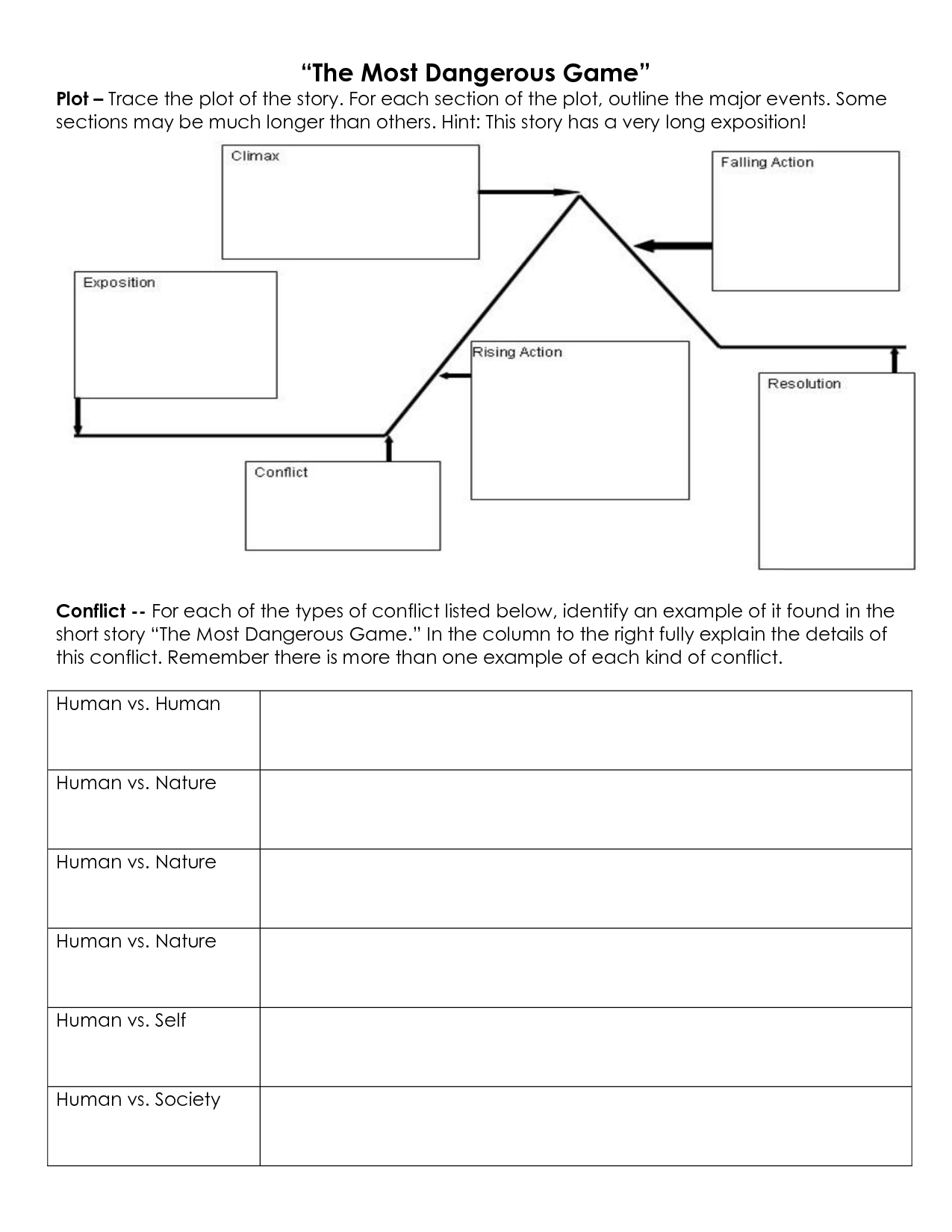
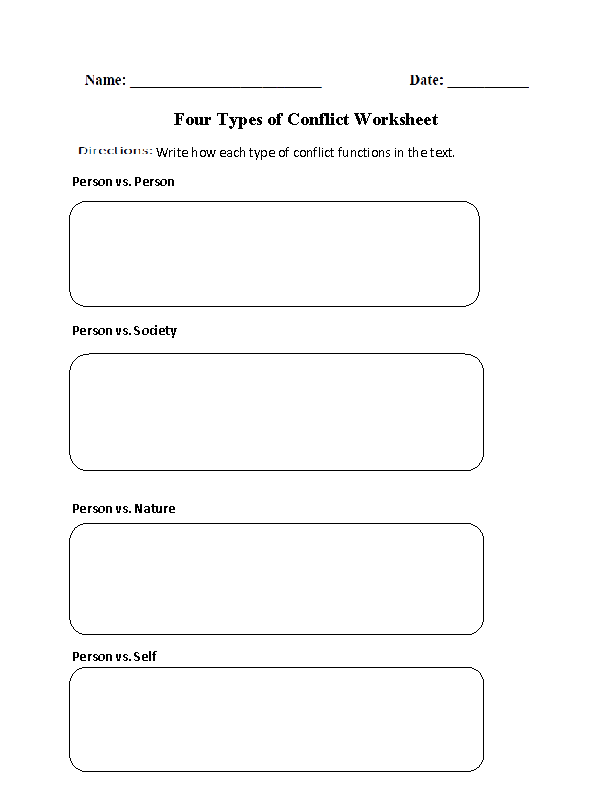
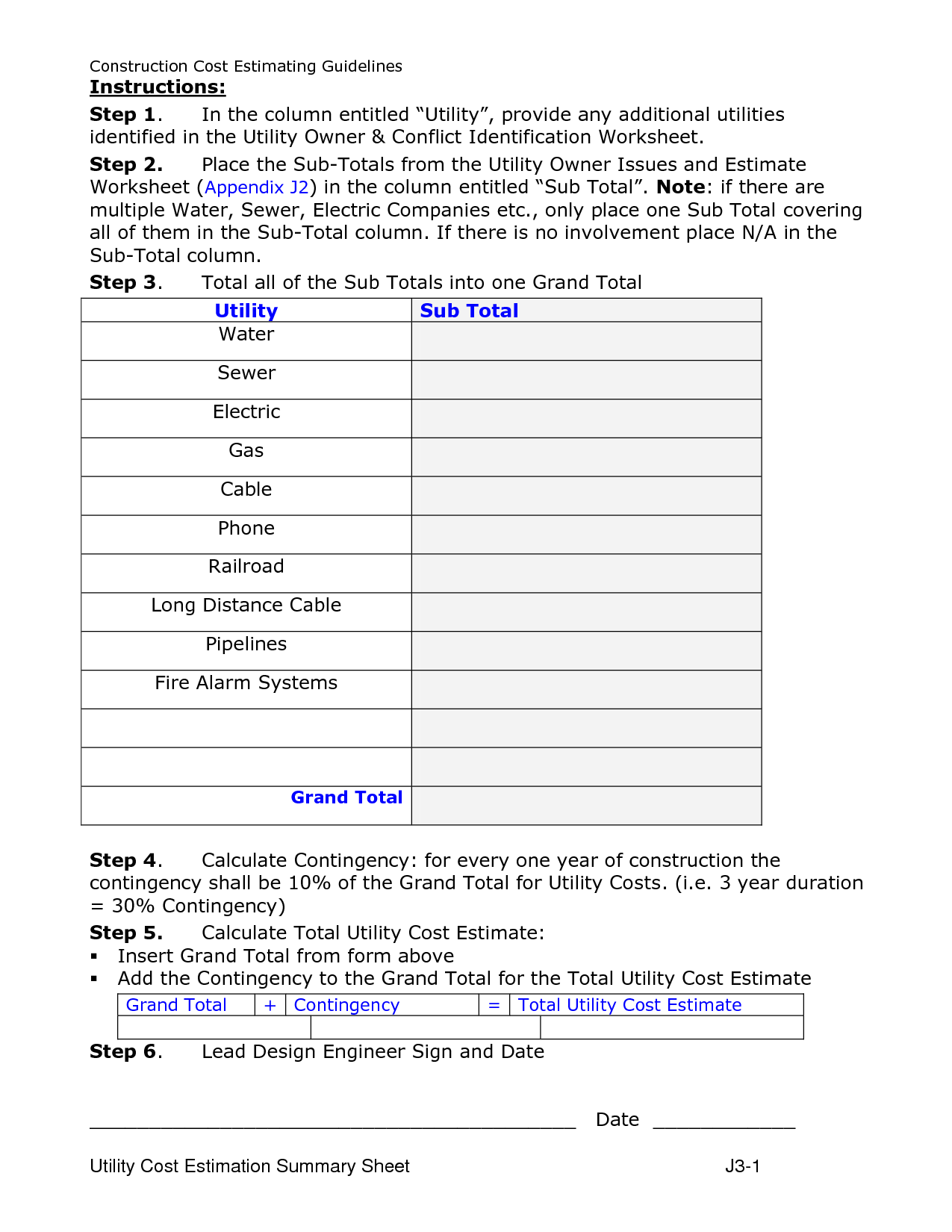
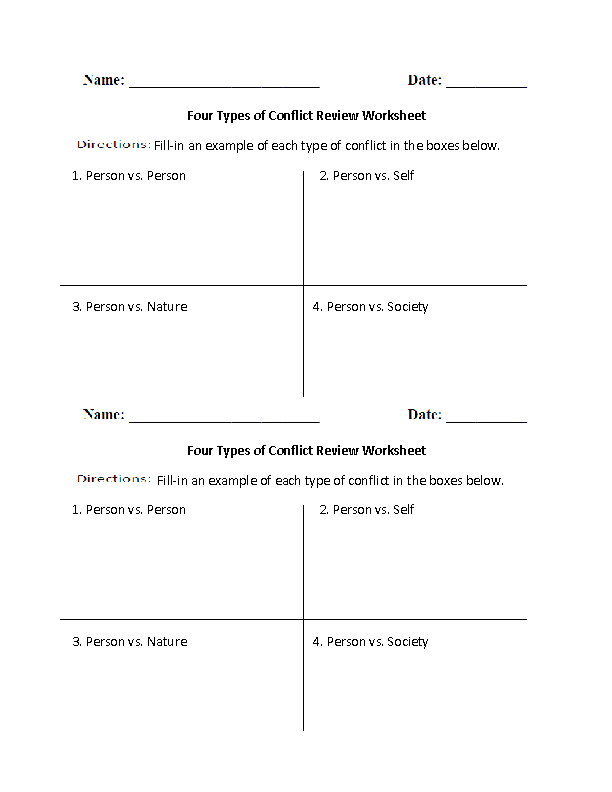

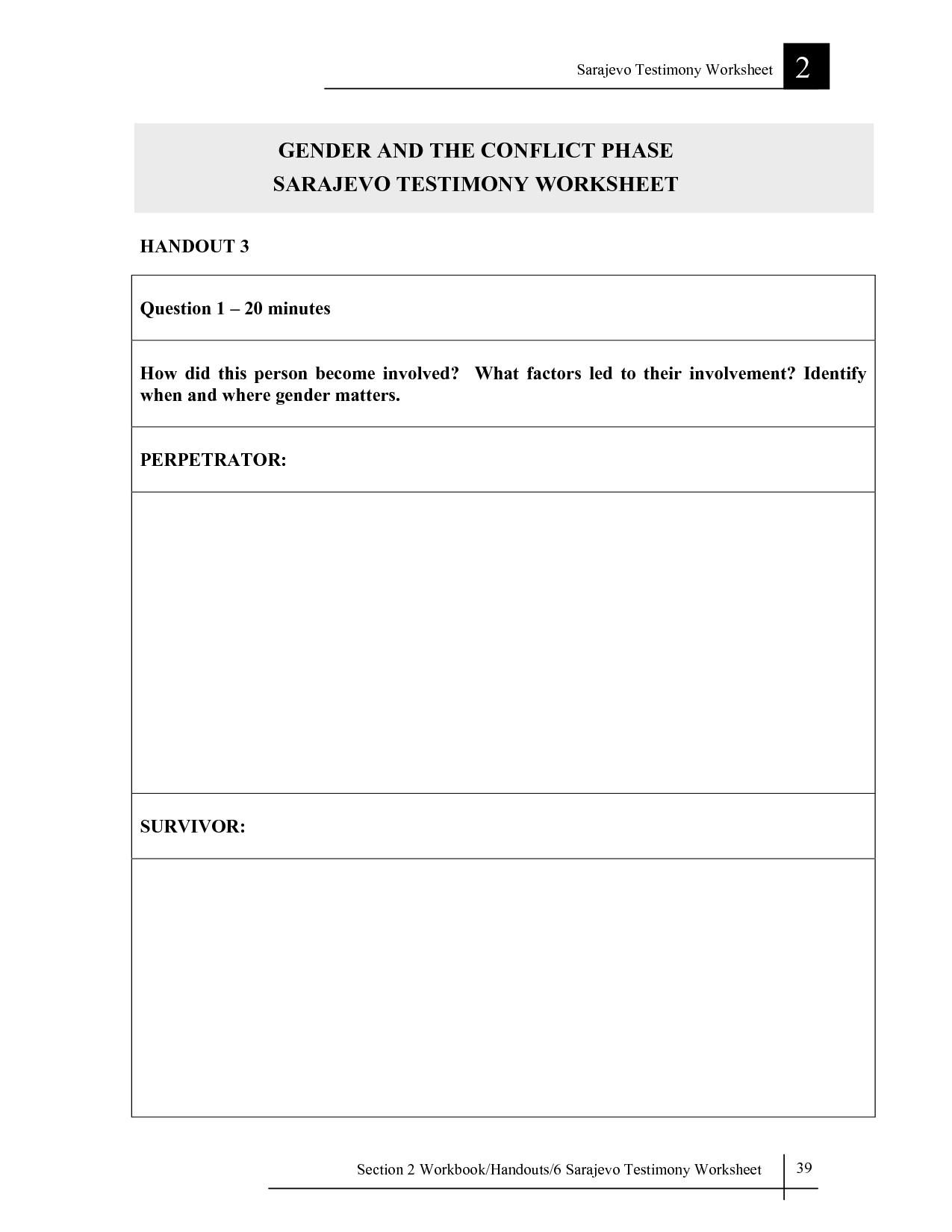
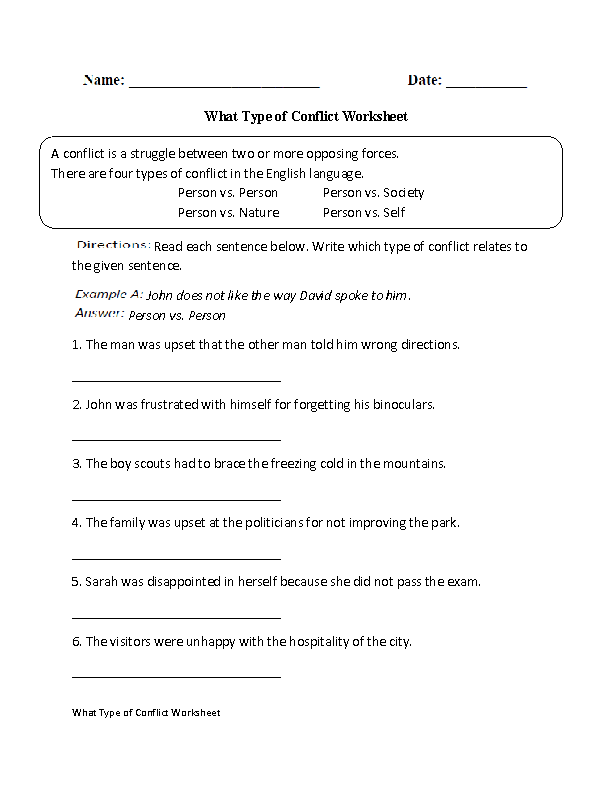
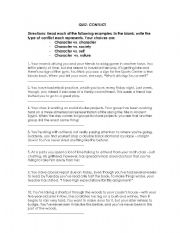
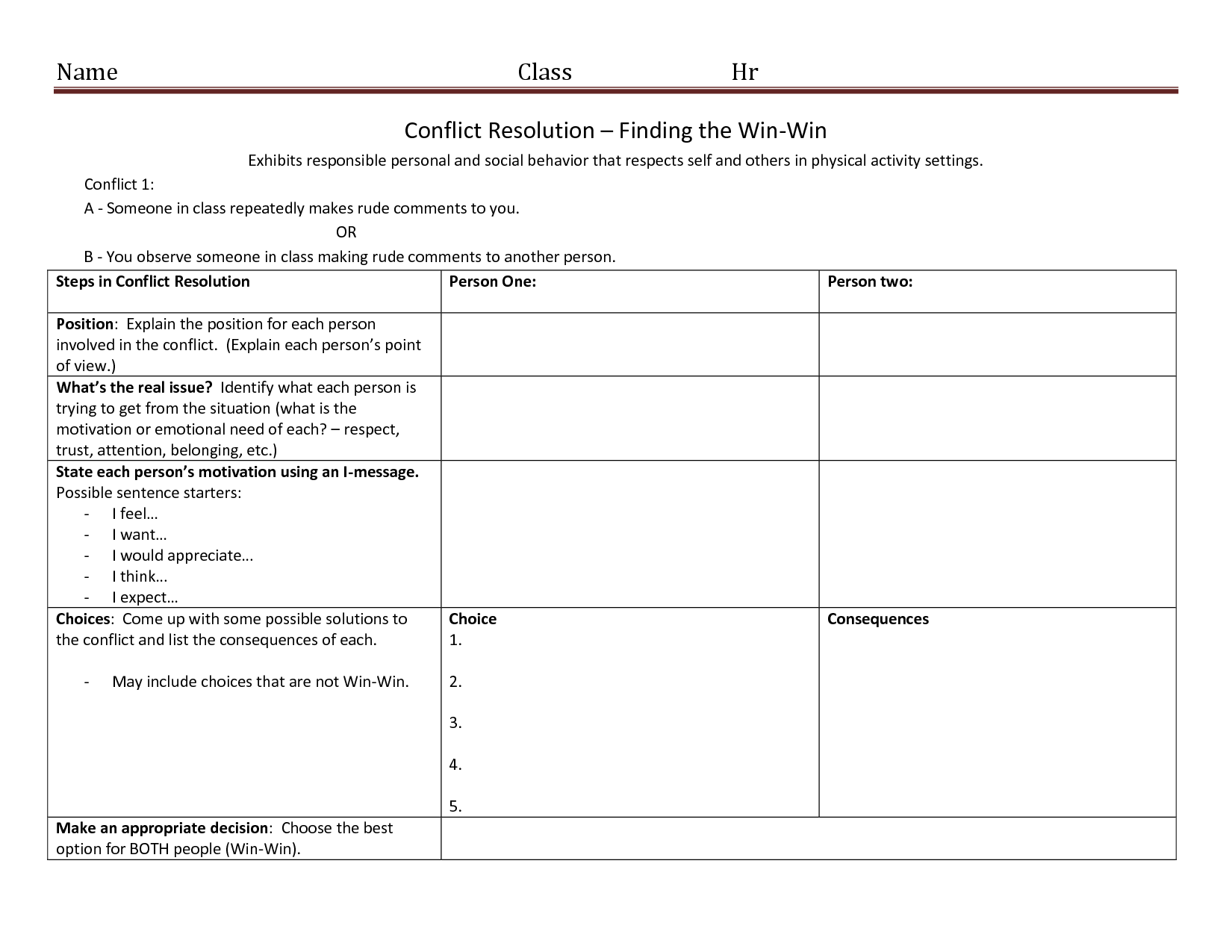
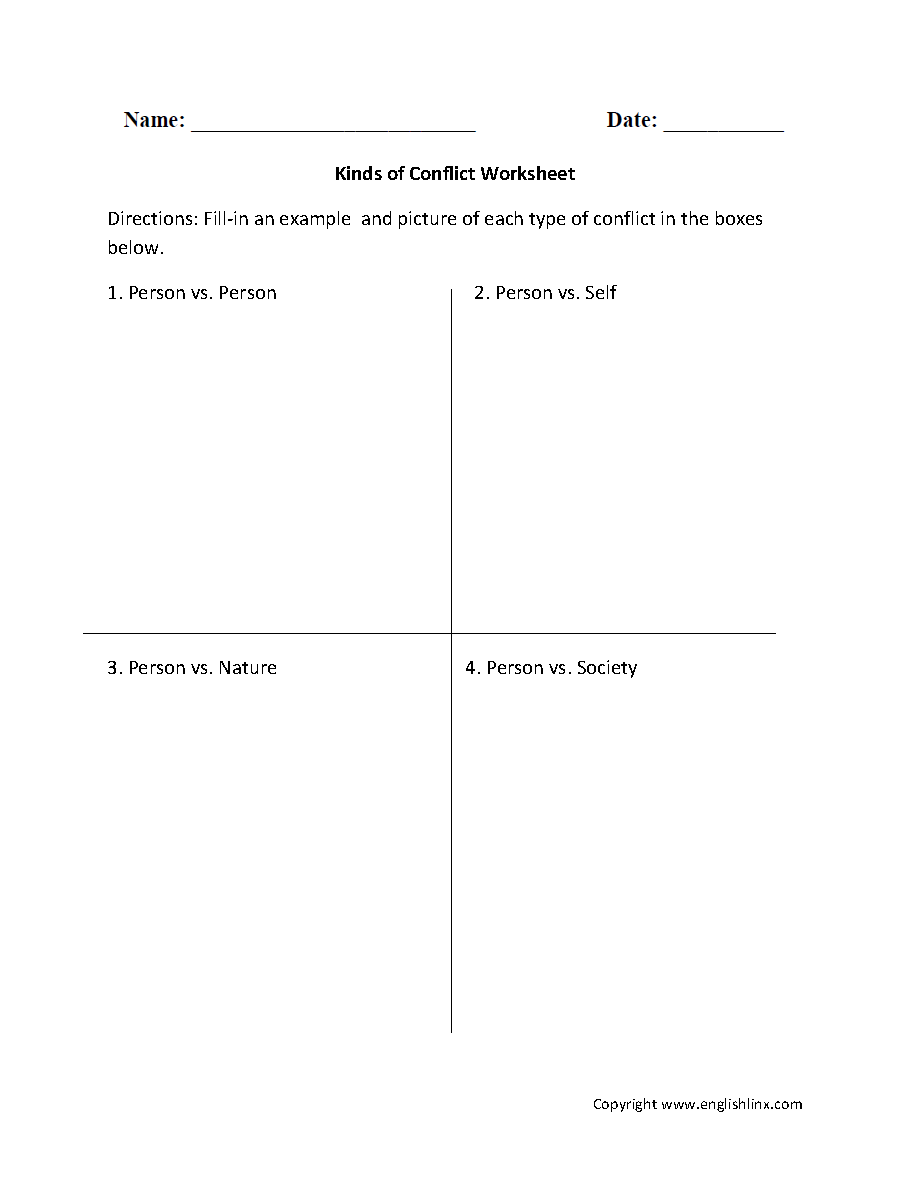
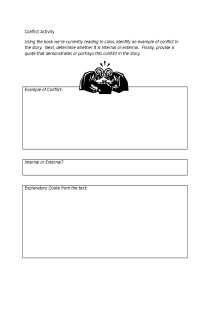
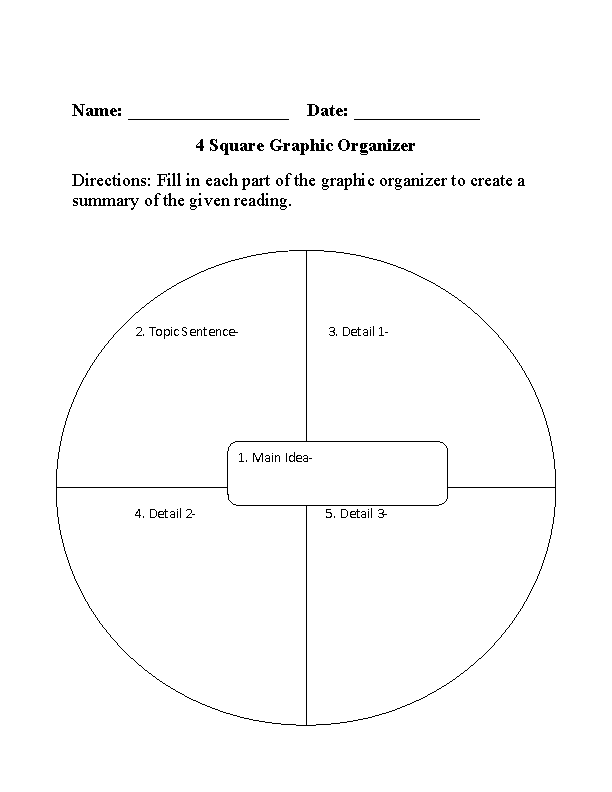
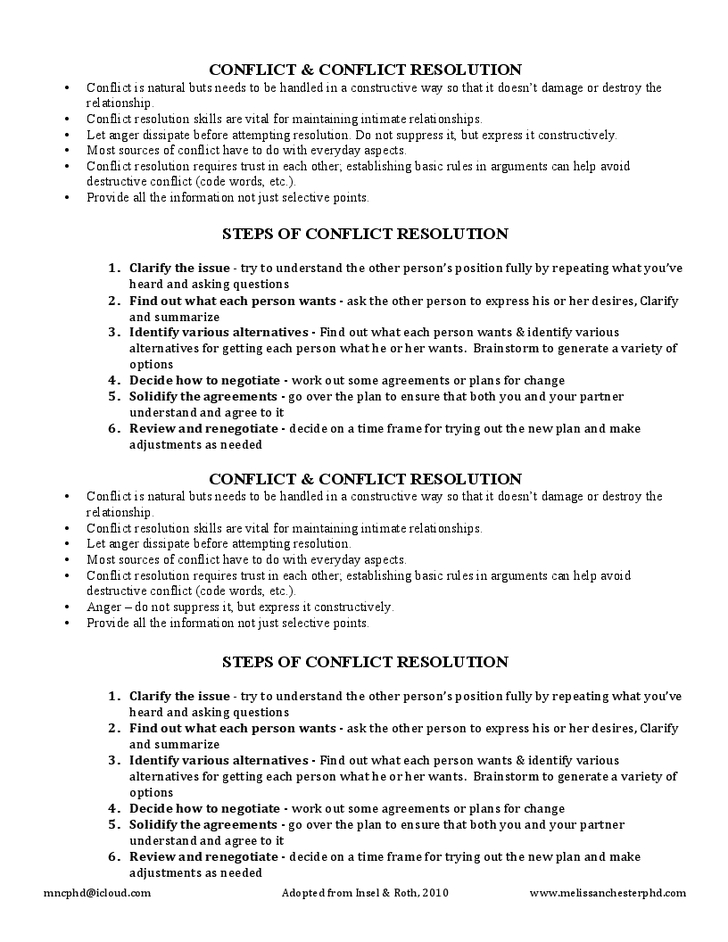
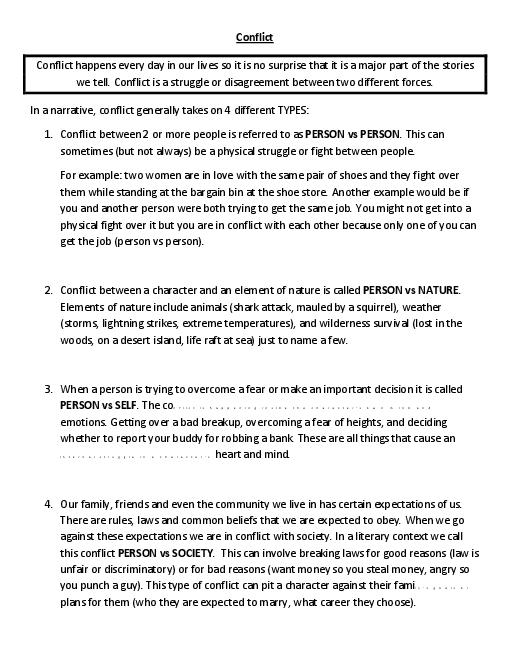

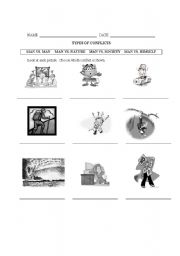
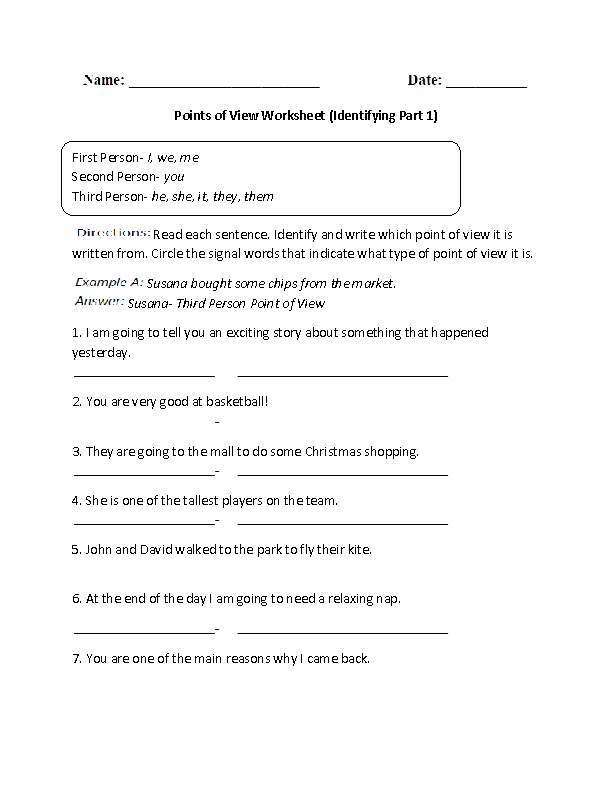














Comments